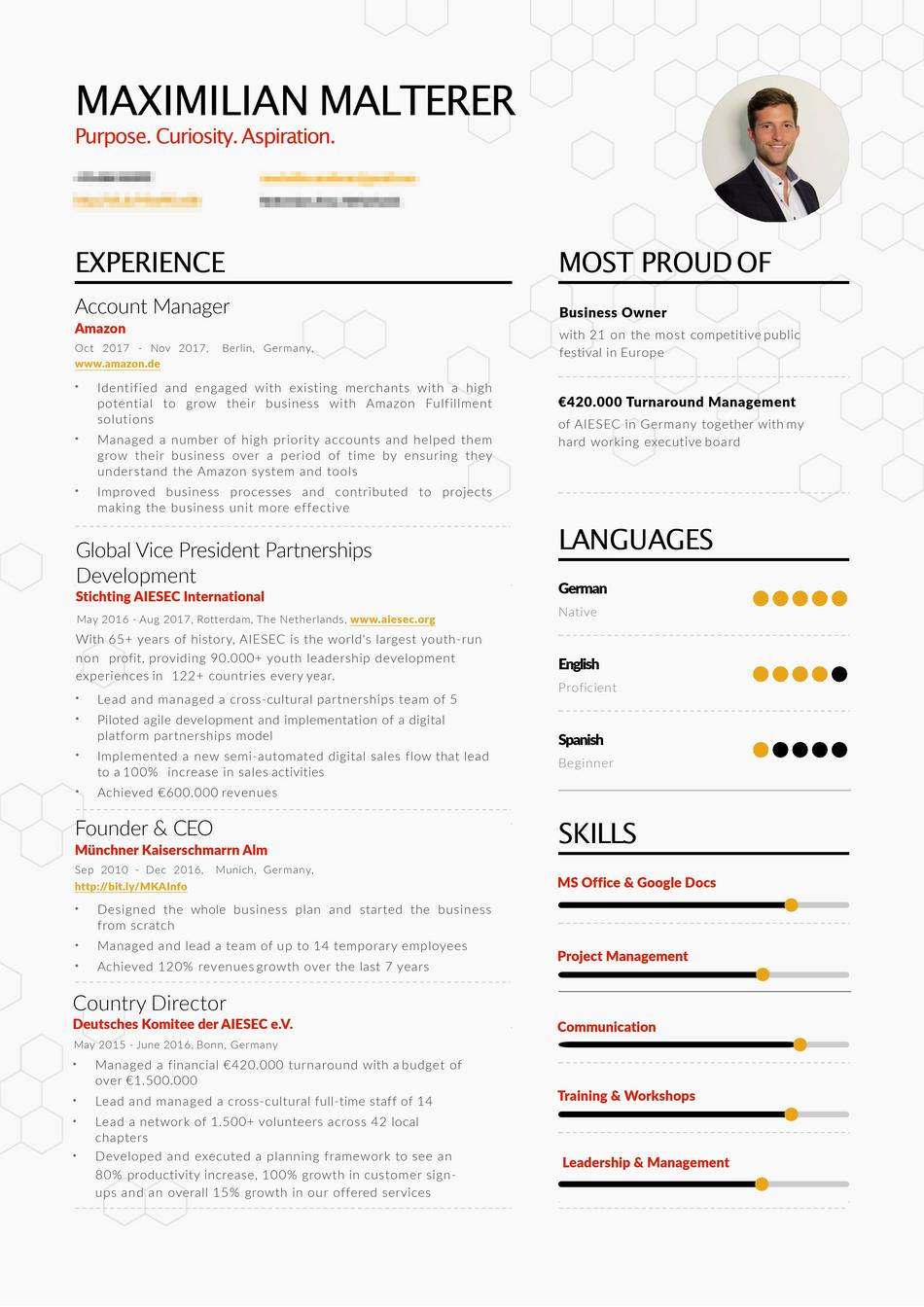Sam Young
Sam's career has taken her far, from working as a professional chef to investment banking, to strategy and operations at Spotify. What ties all of these careers together on Sam's resume is a passion and attention to detail. Sam clearly throws herself fully into everything she does. And it shows.
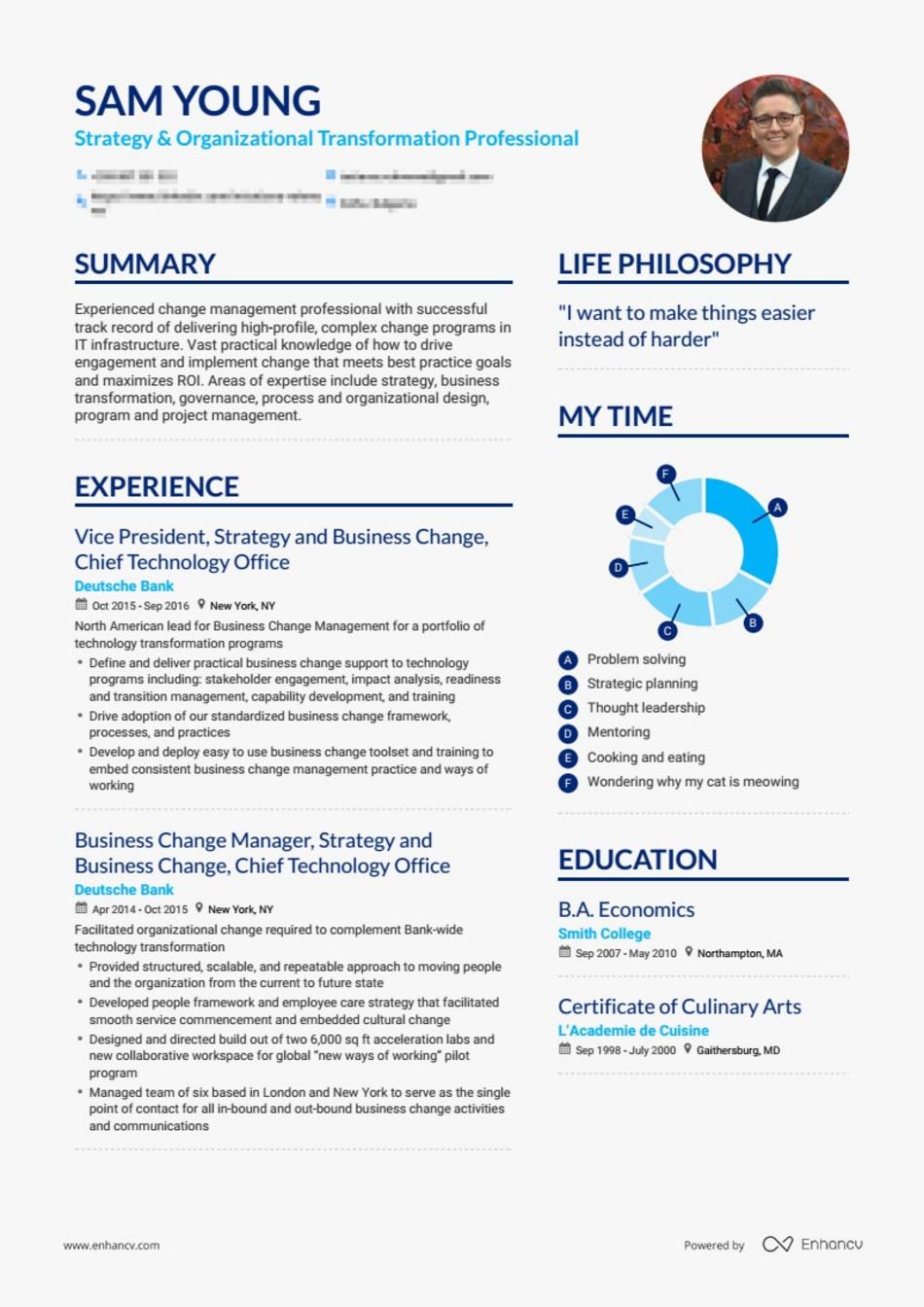
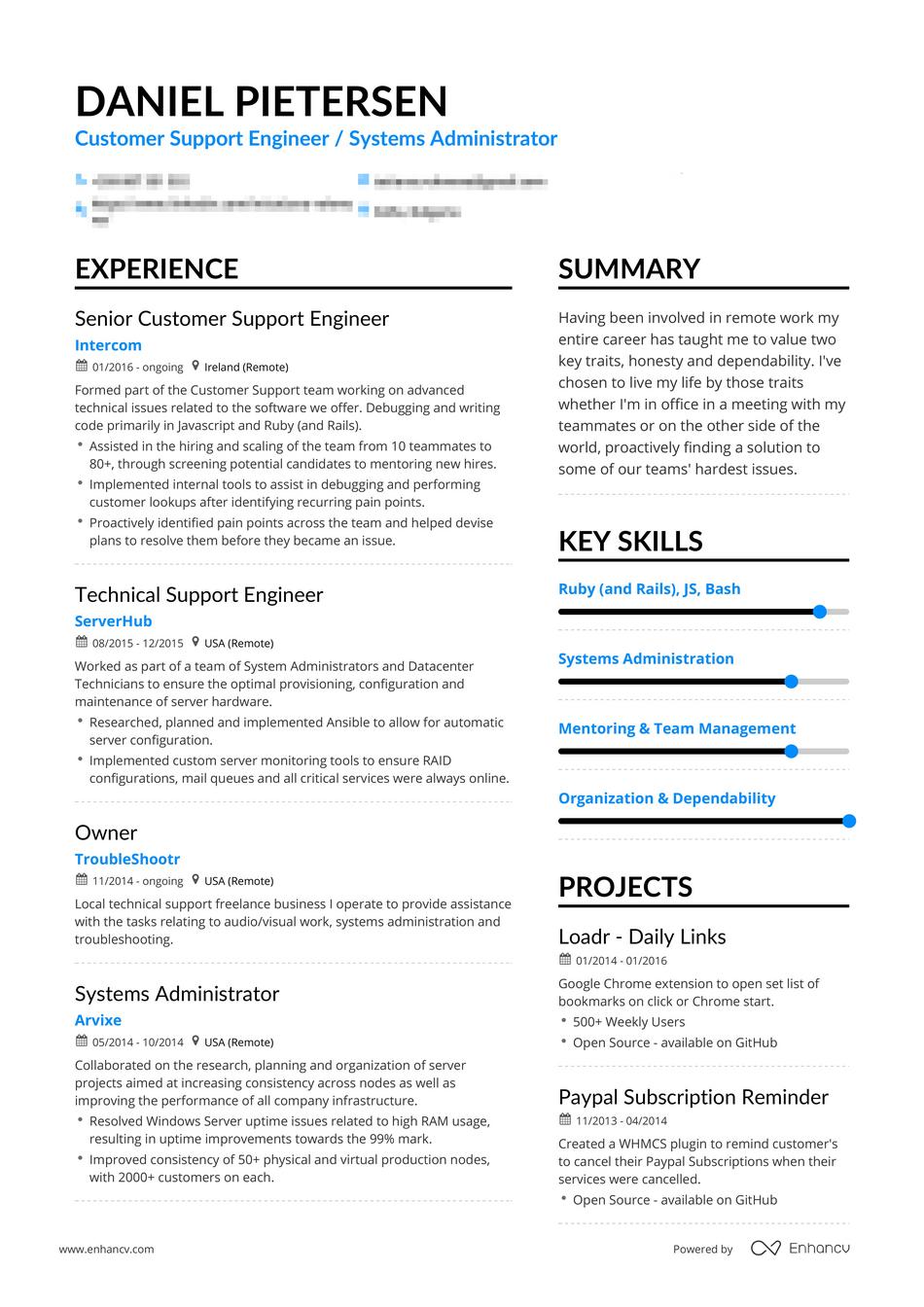
Daniel Pietersen
Daniel is a proof that if you want to do what you love, just show it on your resume and results will follow. To get hired at his dream company - Intercom, he presented himself as a devoted remote worker who can translate his passions into side projects and is a big thinker.
Louis Grenier
Louis' resume shows that he's not just an accomplished professional but that his career has a clear mission behind it: to fight shady and aggressive marketing. That mission binds together his projects from Everyone Hates Marketers, his current work at Hotjar, and his achievements to create a cohesive story that really has an impact.
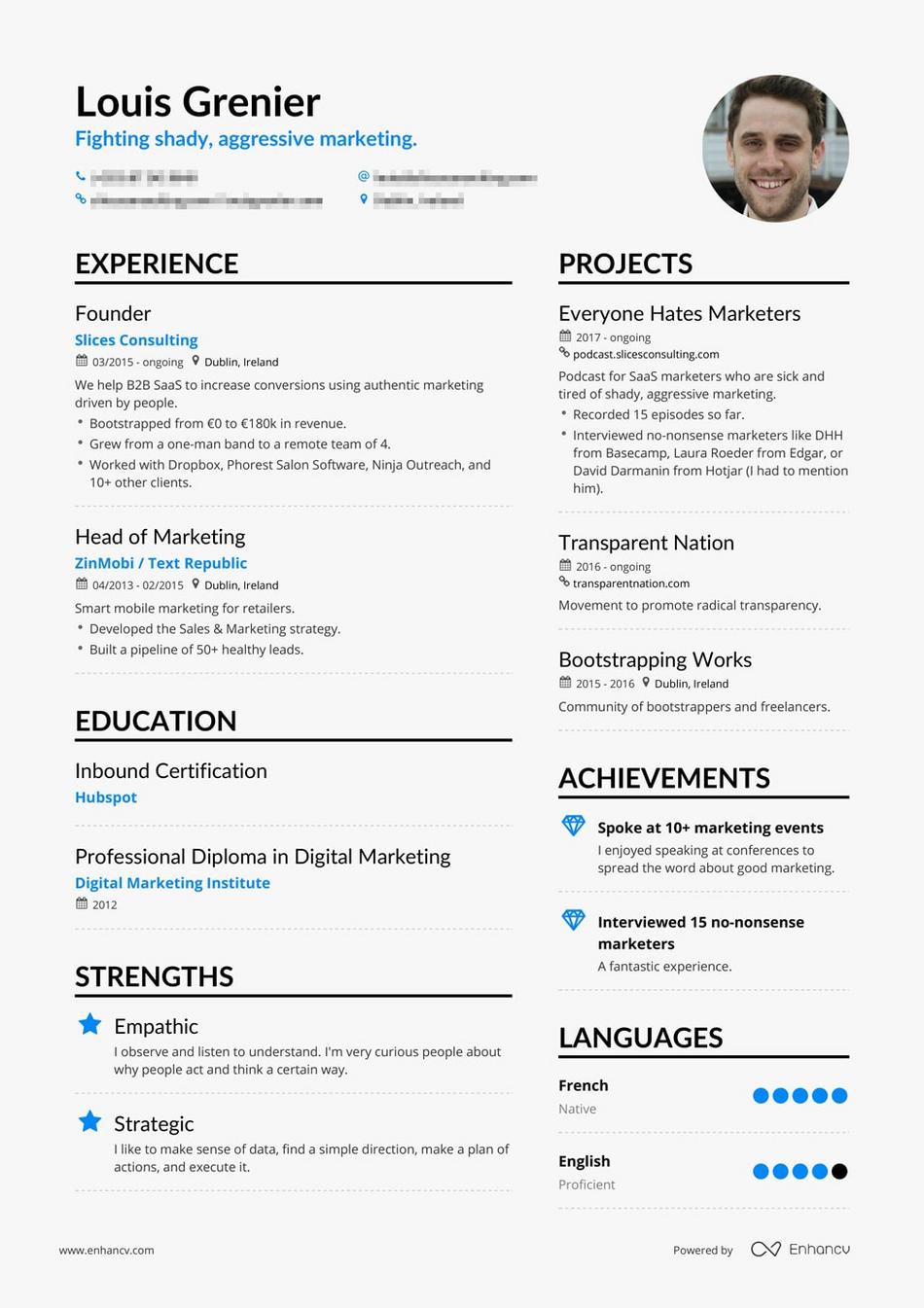
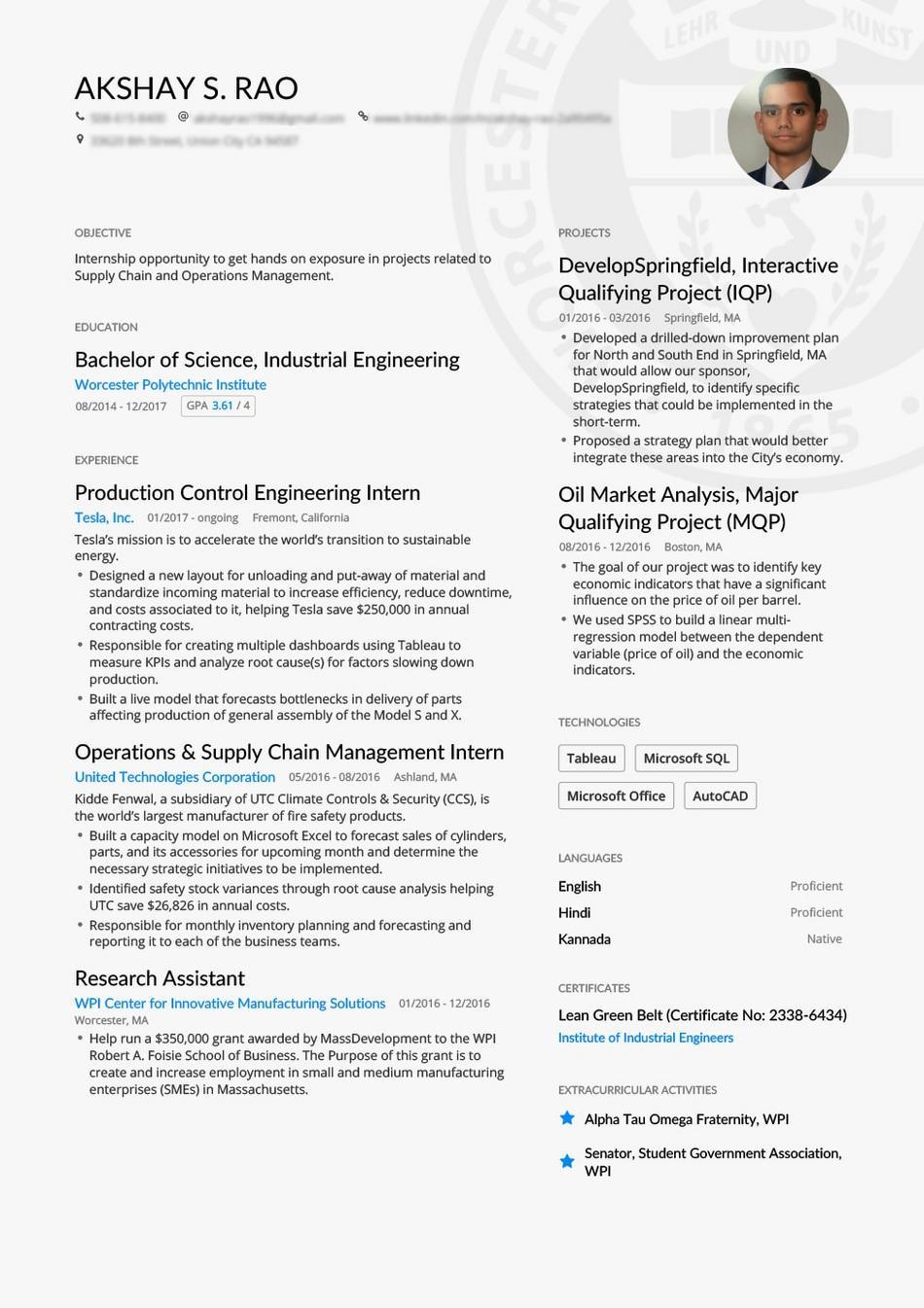
Akshay S. Rao
Akshay is nothing if not ambitious. Without a lot of work experience, he crafted a resume which demonstrated his experience and skills well enough to land him an internship at Tesla.
Marcellus Nixon
Marcellus' career as a network engineering leader was progressing nicely when he took a risk and moved to India to hone his skills in an emerging market. His resume tells the story of someone who takes well-calculated risks and gets results.
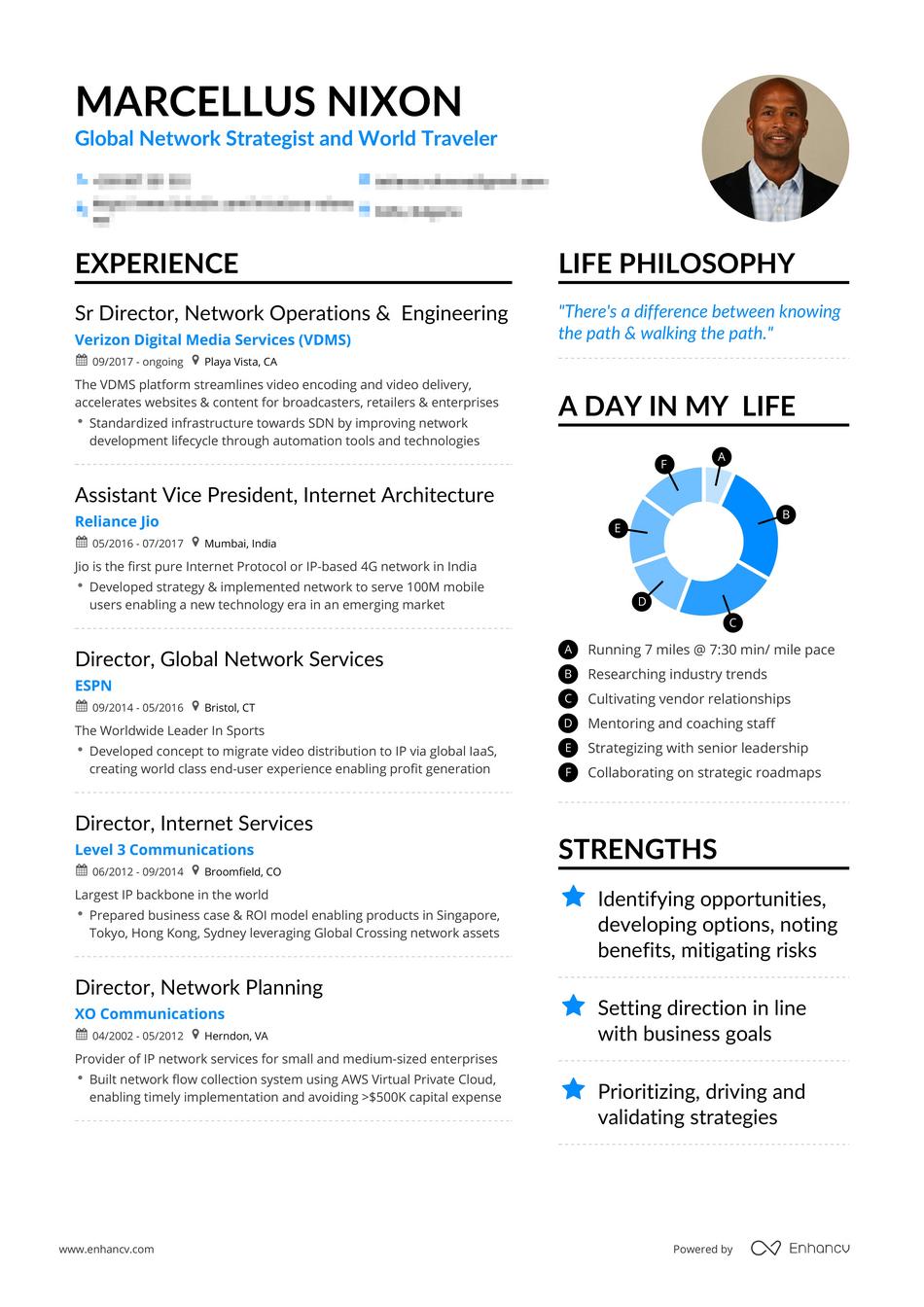
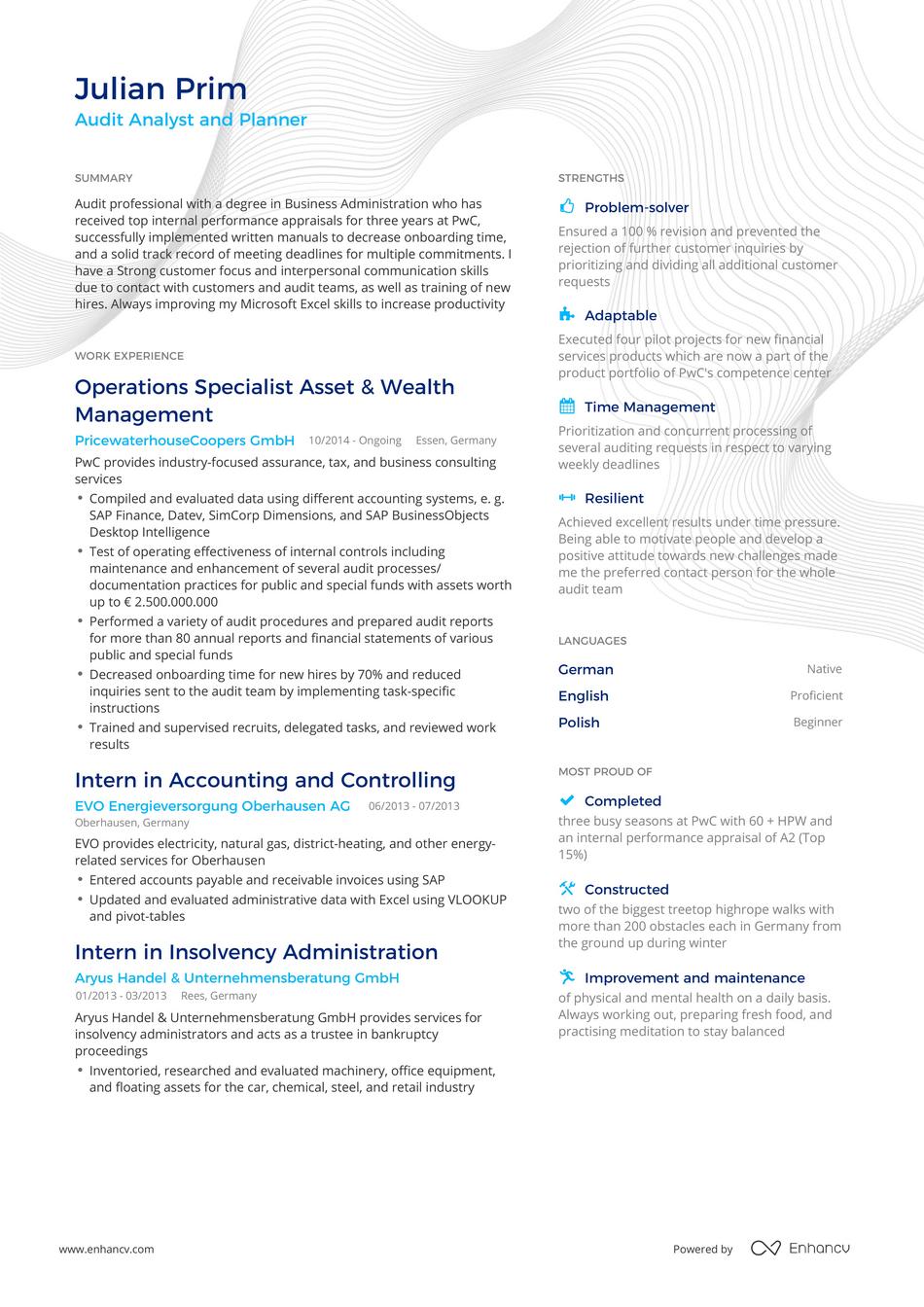
Julian Prim
Julian shows how even someone working in a field like audit analysis can have a resume which shows both personality and results. You can see his attention to detail as well as his devotion to the improvement of both company processes and himself.
Maximilian Malterer
What ties managing 1.5 million euro budgets at a non-profit and managing a food stand at Oktoberfest? Max's resume answers that question with a compelling story of how you can apply a devotion to customer relationships to a variety of roles. Ultimately it got him job offers at both Amazon and Deutsche Bahn (the German state railway company).
